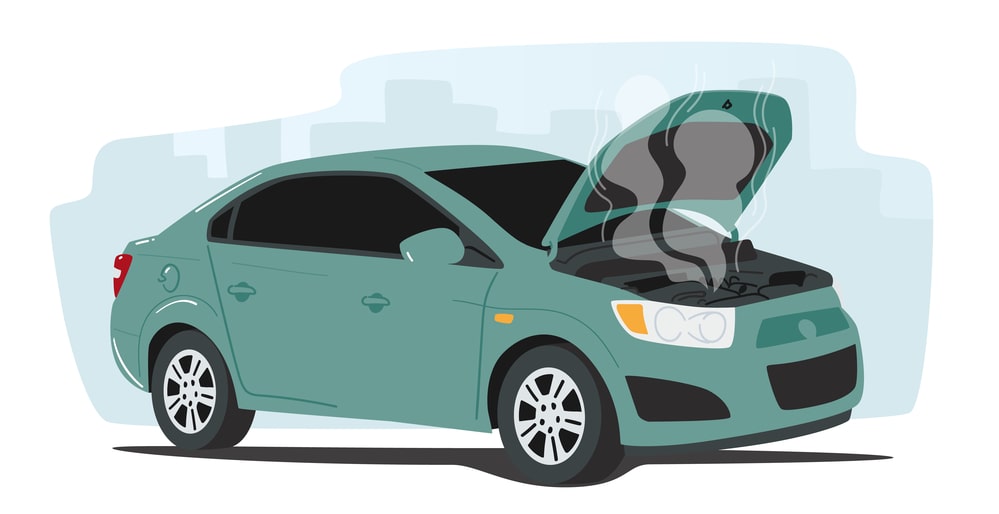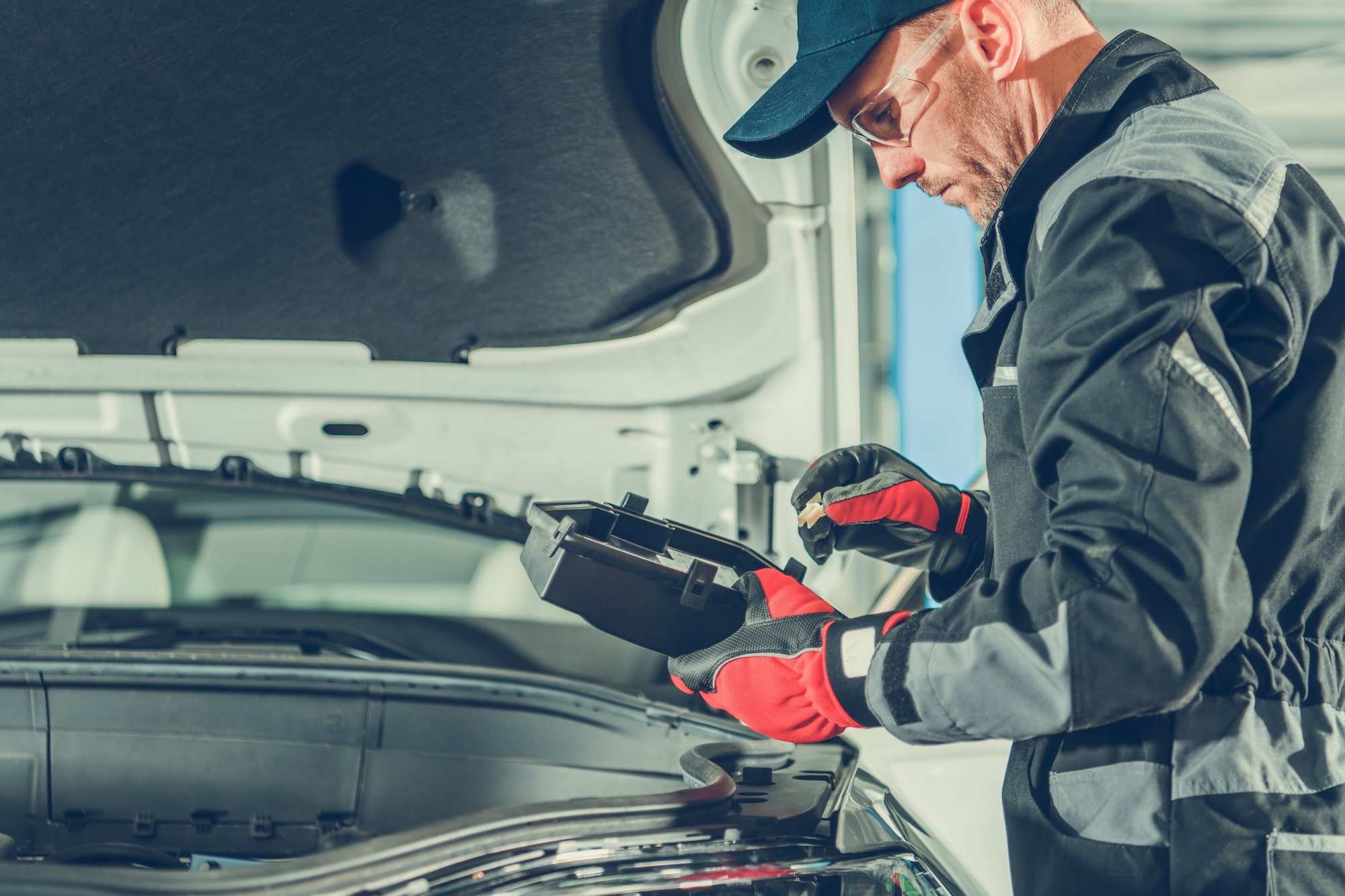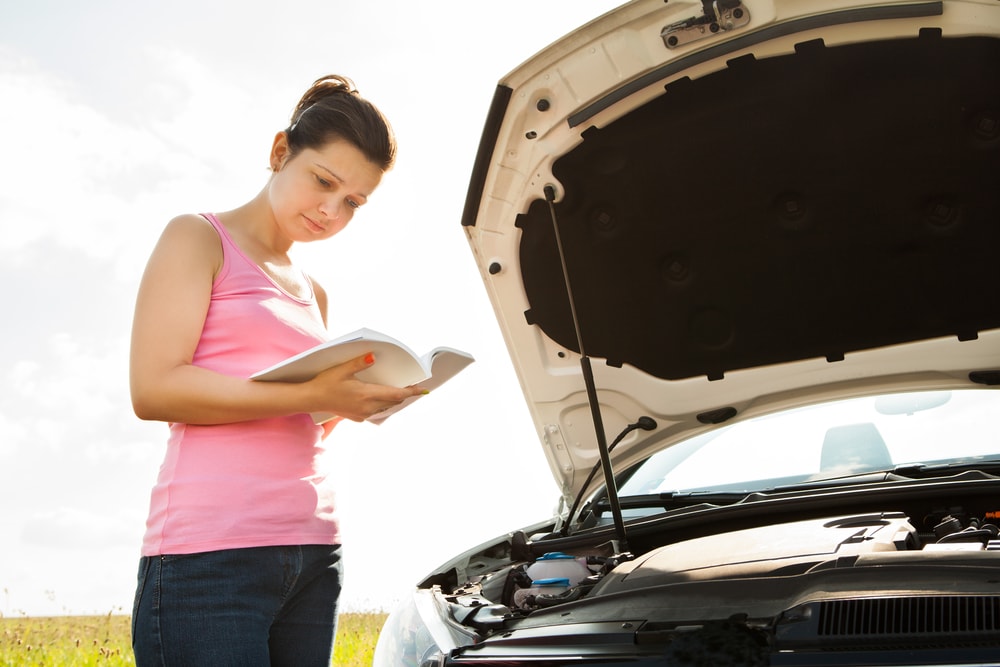Experiencing a breakdown while driving can be a very stressful situation. After all, you don’t plan for car troubles when you leave your home. Instead, you expect to get to your destination, complete your task, and return home afterward. But sometimes, unforeseen circumstances happen. Maybe you notice a weird smell coming from the front of your car or steam escaping from beneath your hood as your engine temperature gauge jumps to “H.” All signs point to your vehicle overheating, and knowing what to and not to do when this happens will help you avoid even more potential problems.
What to Do if Your Car Overheats
Although you might not immediately understand the cause of a breakdown, how you react at that moment will be critical to keeping you and your passengers safe. If you have to respond to an overheating car, consider what to do and not to do in 5 steps:
#1. Keep Your Cool but Turn up the Heat.
Remaining calm as your car breaks down might seem impossible, but panicking won’t help the situation. As soon as you notice warning signs suggesting your vehicle is overheating, take a deep breath and turn your heat on full blast. Why? The coolant will start moving when you shut off your air conditioning, pulling heat from your engine to help reverse the overheating, regulating the engine’s temperature.
#2. Pull Over and Find Your Owner’s Manual.
Driving when your car is overheating can ultimately damage your radiator and engine. Therefore, moving off the road as soon as possible is critical. When you’re clear to pull over and get to a safe spot, park your vehicle and turn off the engine. But DO NOT rush to open the hood. The vapors seeping from underneath will be hot and could severely burn you. Instead, use this time to review your owner’s manual. You’ll need to locate your car’s coolant reservoir tank and radiator cap to check the coolant level.
#3. Protect Your Hands and Pop the Hood.
After waiting at least 15 minutes for your engine to cool, you should be in the clear to lift the hood and check the reservoir tank. But make sure the hood is no longer hot to the touch before lifting it. If cool, grab a towel, t-shirt, or gloves from your emergency roadside kit to use as you lift the hood just to be safe. Once open, locate the reservoir tank and radiator cap, but DO NOT unscrew the lid with your bare hands. It could be hot to the touch. So use gloves or cloth to cover the radiator cap and slowly turn it a few degrees to release any built-up pressure.
#4. Check the Coolant Levels and Refill When Appropriate.
Discovering a low or empty reservoir tank means it needs more coolant—an equal mix of water and antifreeze. However, not all drivers keep coolant in their vehicles. If you don’t have it or are unsure what coolant is, don’t worry. Help is just a phone call away. At any point, you can contact roadside assistance or someone familiar with car repairs to assist you in getting back on the road or tow you to the nearest repair shop. But DO NOT restart your car and continue driving if you cannot refill the coolant. This could further damage the engine. However, if you have coolant on hand and feel confident filling the tank, you can add more to the reservoir and replace the cap once complete.
#5. Restart Your Car or Wait for Help to Arrive.
It should be safe to start your engine after you add the coolant, secure the cap, and close the hood. But keep a close eye on the temperature gauge on your dashboard. If the coolant levels are the problem, filling the reservoir should trigger the gauge to return to normal or turn off the warning light.
Alternatively, stay put and call for a tow if you can’t resolve the issue with coolant. Remember, a car’s engine can overheat for several reasons, including a cooling system leak, coolant hose clog, or water pump break. Without a professional diagnosis from an ASE-certified mechanic, pinning down the issue might be difficult. Requesting emergency roadside services or waiting for a friend’s help can be the best solution to keep you safe when you can’t determine or fix the problem.
Get an Extended Car Warranty for Future Repairs
Whatever your circumstances, scheduling an appointment with an auto repair shop as soon as possible should be at the top of your to-do list. DO NOT ignore your car’s warning signs that something is wrong. Confirming the cause of the problem and fixing it will help prevent additional mechanical failures, which could ultimately cost thousands of dollars if left unrepaired.
Worried about costly repairs? Stay on top of vehicle maintenance and protect yourself during roadside emergencies with a reliable breakdown coverage plan. Check out our top provider picks and reviews to find a policy that best meets your needs and budget.





